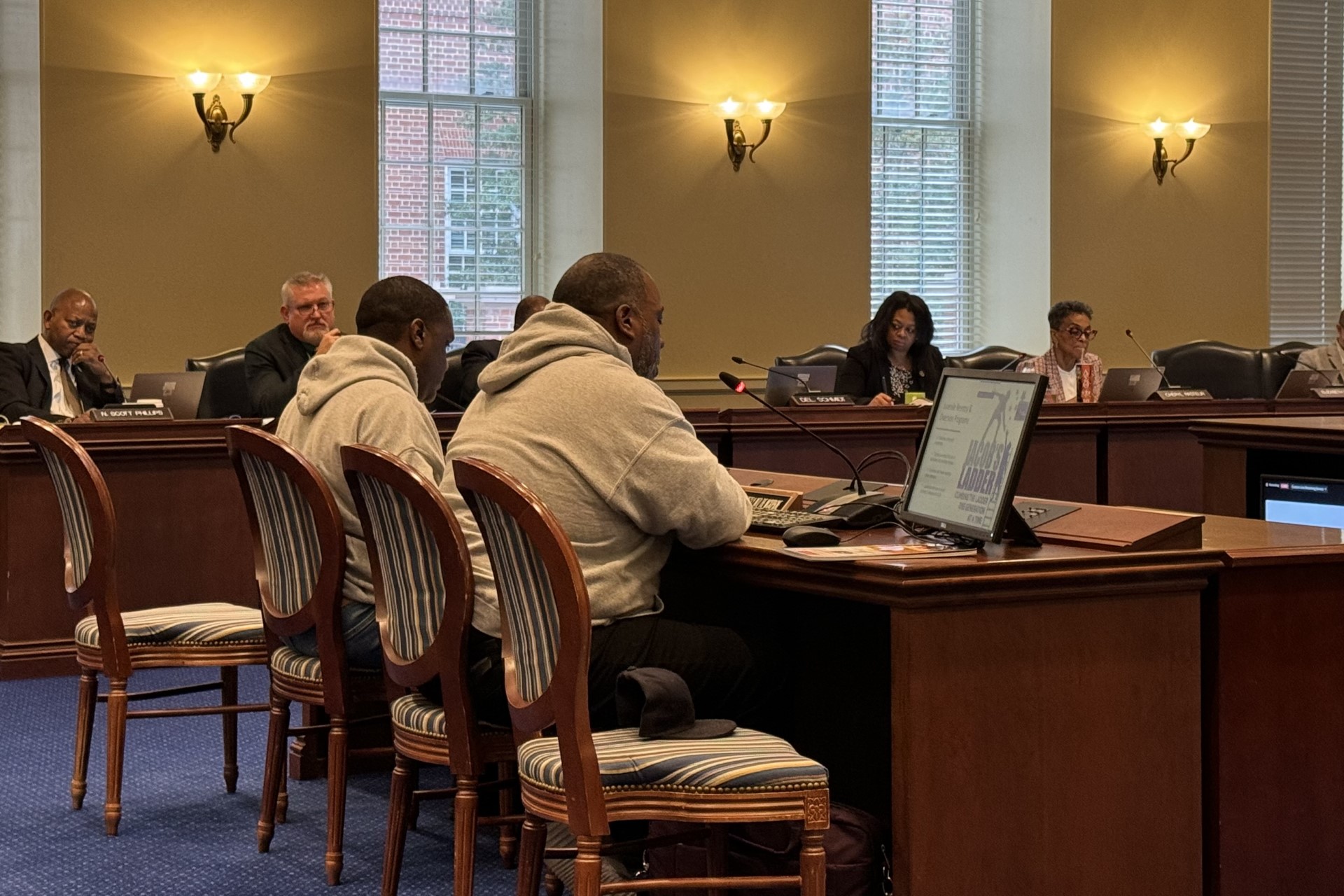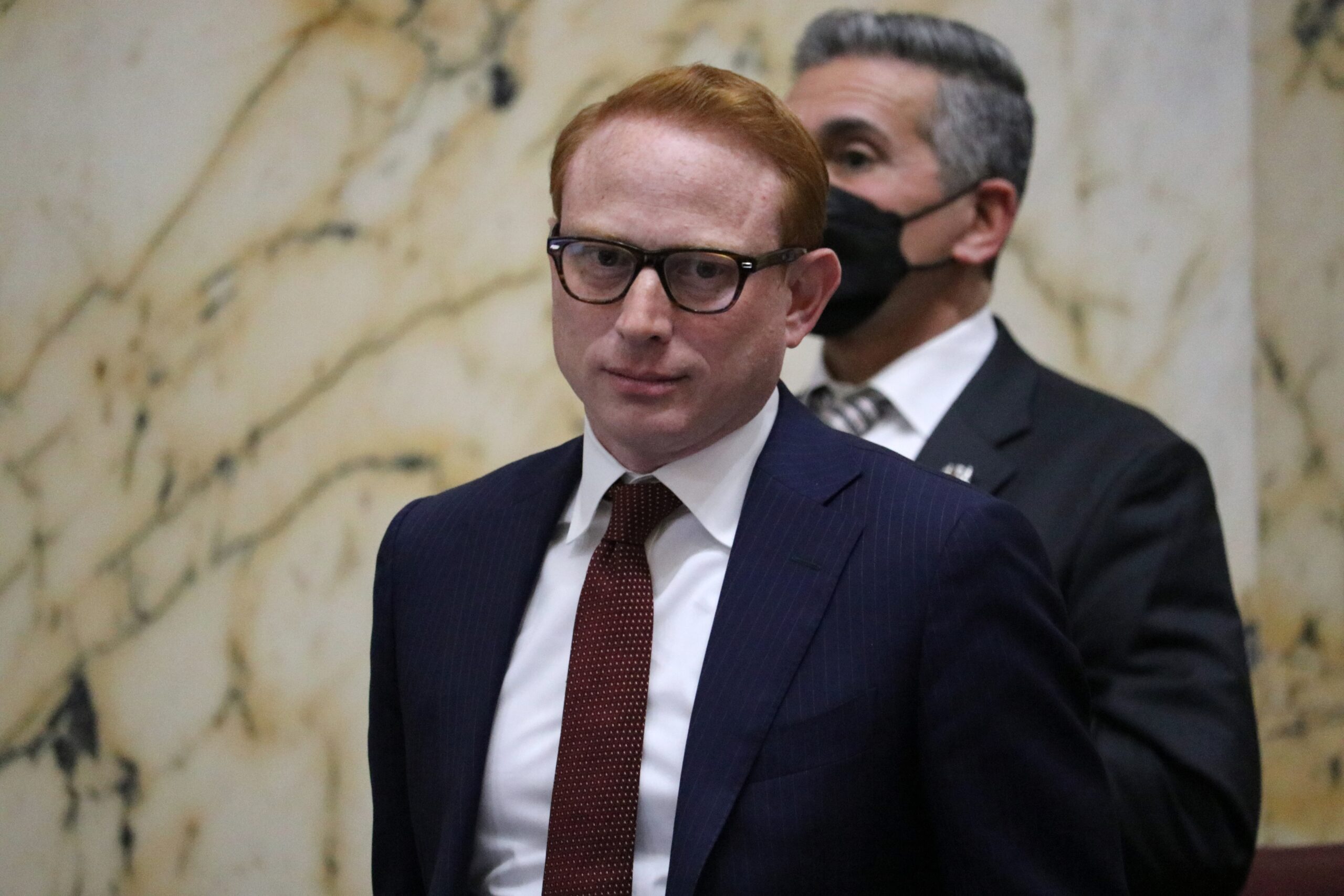House Judiciary Committee holds final briefing on juvenile justice reform

The House Judiciary Committee held its third briefing on juvenile justice reform Tuesday, this time with representatives from a national policy organization, a local judge and six nonprofit organizations that work with troubled youth.
The committee organized briefings in the fall to assess juvenile reforms as some lawmakers and community leaders said crime has increased, especially among youth.
According to a report from the Maryland Department of Juvenile Services that was released in September, non-fatal shootings for youth ages 18 and younger rose from 41 in 2013 to 171 in 2022 on a fairly steady rise. During that timeframe, homicides increased from 29 in 2013 to 47 in 2022.
Tuesday marked the last briefing before the General Assembly convenes next month.
The three-and-a-half-hour discussion in Annapolis began with a presentation from Kate Bryan, a policy specialist with the National Conference of State Legislatures, that showed how juvenile policies, procedures and regulations vary nationwide.
More than half of the 50 states and U.S. territories set no minimum age at which young people may be required to appear in court, according to a chart from NCSL.
Maryland does not allow children under 13 to be charged with a crime unless the offense was violent.
In approximately 17 states, youth as young as 10 years old could be required to appear in court in some circumstances.
Florida is the only state where children as young as seven could appear in juvenile court.
In terms of due process, Iowa, Maine, Utah and West Virginia require parental consent before law enforcement can question a young person alleged to have been involved in a crime.
Bryan said Kentucky and South Dakota have “robust data collection and oversight protections” such as investments in intervention, housing and diversion programs.
“It’s hard to compare states and no two states are alike,” she said. “That’s why we see so much statutory variation between states as they grapple with how best to deal with juveniles who become involved in the [criminal justice] system.”
One part of the South Dakota juvenile reform legislation passed in 2015 deals with Children in Need of Supervision (CINS). It allows members of law enforcement, various agencies and residents to fill out a form for young people and their families to receive a variety of services.
However, the CINS process is rarely used in Maryland, where it is overseen by the state’s Department of Juvenile Services (DJS).
Del. N. Scott Phillips (D-Baltimore County) said there were only three CINS reports filed in his jurisdiction last fiscal year. In comparison, he said 127 child in need of supervision forms were filed in Charles County.
Phillips asked why jurisdictions were not following the same process.
“That’s a difficult question,” said Michael J. Stamm, a Circuit Court judge in St. Mary’s County. He said it all depends on law enforcement and whether a case is referred to DJS.
Clyde Boatwright, president of the state’s Fraternal Order of Police, said at a committee briefing last month that officers don’t fill out the CINS forms because there’s no remedy when a young person continues to commit certain crimes.
Helping the youth
Representatives from six nonprofit organizations told the committee Tuesday how they help at-risk youth.
Anne Arundel County Fresh START (which stands for Safe, Trauma-Informed, Accountable, Restorative and Transparent) is a diversionary program incorporated into the county’s police department. Youth are eligible for the program if they have no more than two low-level offenses such as destruction of property, trespassing, or second-degree assault.
If a young person completes the 90-day program, the offense is removed from their record. If they do not complete the program, then the young person will be charged for the offense.
The program was awarded $400,000 last month from the federal Office of Juvenile Justice and Delinquency Prevention.
“The goal here is we want to be able to provide the youth with resources [and we are] trying to figure out what the root cause was…to hopefully eliminate any of those issues from reoccurring in the future,” said Sgt. Stephanie Hinson.
Jacob’s Ladder Foundation of Prince George’s County provides academic enrichment programs for youth referred to the organization by the Department of Juvenile Services. Some of the young people Jacob’s Ladder works with face expulsion from school, chronic absenteeism, or behavioral issues.
Jarriel Jordan Sr., founder and executive director of Jacob’s Ladder, said returning citizens also talk to the youth about how they can become productive members of society.
Del. Karen Toles (D-Prince George’s) asked if Jordan has seen an increase in crime the last few years.
Jordan said he has, and added that some of those offenses include gun possession, carjackings and robberies.
Toles then asked whether curfew legislation, which she may introduce when the legislative session begins next month, could decrease crime.
“I believe so,” Jordan said. “I think anything that we can truly enforce, we should utilize.”




 Creative Commons Attribution
Creative Commons Attribution